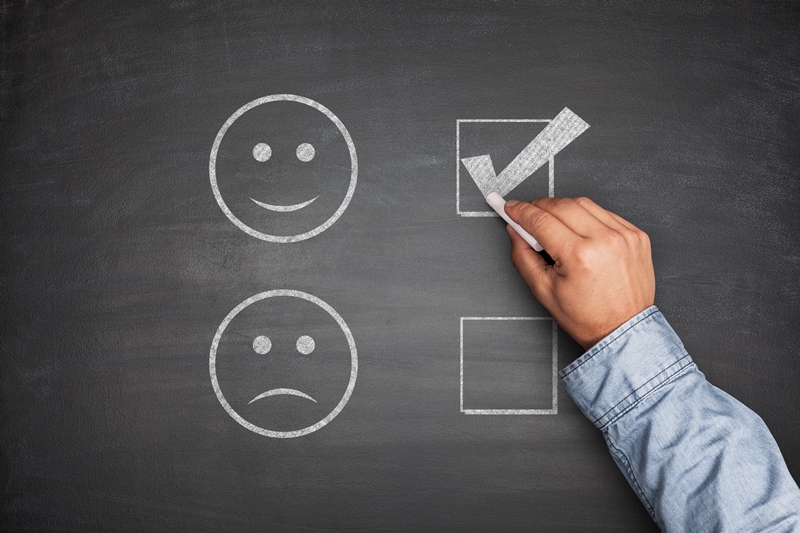If you’re reading this, you’ve probably had an unhappy customer, and that’s understandable – shit happens. Ninety-two percent of consumers’ trust recommendations from friends and family when deciding to buy. This makes good reviews a crucial part of business, but unfortunately sometimes it hits the fan, and it happens to the best of us. However, no matter whose fault it is, happy customers are essential for building a successful business, and it is in your best interest to resolve the conflict efficiently. The most common customer service complaints include; misrepresentation, unsatisfactory work, billing disputes, and staff behaviour.
Here's how to turn that frown upside down...
ACTIVE LISTENING
On average, businesses will only hear from four percent of dissatisfied customers. When you first encounter your unhappy customer, listen carefully to their feedback and stay calm. Make sure you don’t take the criticism personally – this isn’t the time to get defensive. If you are resolving the issue face-to-face, remember your body language. Keep your arms open and use affirming body language like nodding to show you are listening. Extra points if you have a pen and paper in front of you to write down specific points about what they did and didn’t like. When it’s your turn to speak, summarise what the customer has just told you and ask further questions to clarify. Repeating what they said shows you were actively listening and respect what they’re saying.
FACE-TO-FACE VS KEY BOARD WARRIOR
Choose your format of communication wisely. Things tend to escalate when you’re in each other’s DM’s on Instagram with no body language or vocal cues to go off. Type a formal email or make an effort to set up a face-to-face meeting. Video calls (using FaceTime, Skype, Google Hangouts or even Facebook Messenger) are also a good solution. You’d be surprised how much is resolved when they hear concern in your voice or face.
THE RESOLUTION
When presenting a resolution, suggest a few options and make sure the customer feels like they have a choice. If you don’t have any ideas – ask the customer what suggestions they have which will resolve the problem as far as they see it. Make sure their response is realistic and do say so if it’s not a realistic option. It has to be fair to both parties. Part of the resolution can be a discount on their next purchase. Add-ons help rebuild trust and customer relationships.
BEWARE of the rare situation where a customer is looking for an argument for a freebie. Know before you do business what you will tolerate and what you won’t. Be fair, but firm.
THE FOLLOW UP
After your meeting, video call or phone call; follow up with an email that reiterates the issue and the resolution you reached. This ensures you both have a record of the conversation that was mutually agreed.
LEARN
What did you learn from this experience? What can you do differently next time to make sure this situation doesn’t arise again?
In the end, don’t make excuses. Don’t get defensive. Stay calm and do your best to ensure your customer base grows and the quality of your offering continues to improve.






